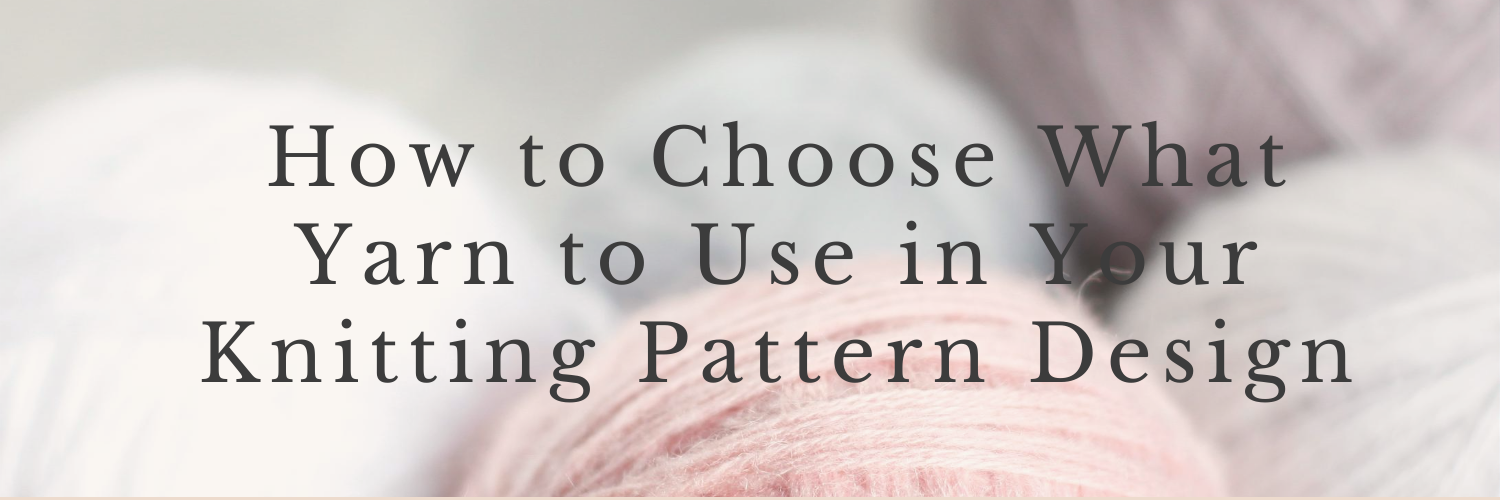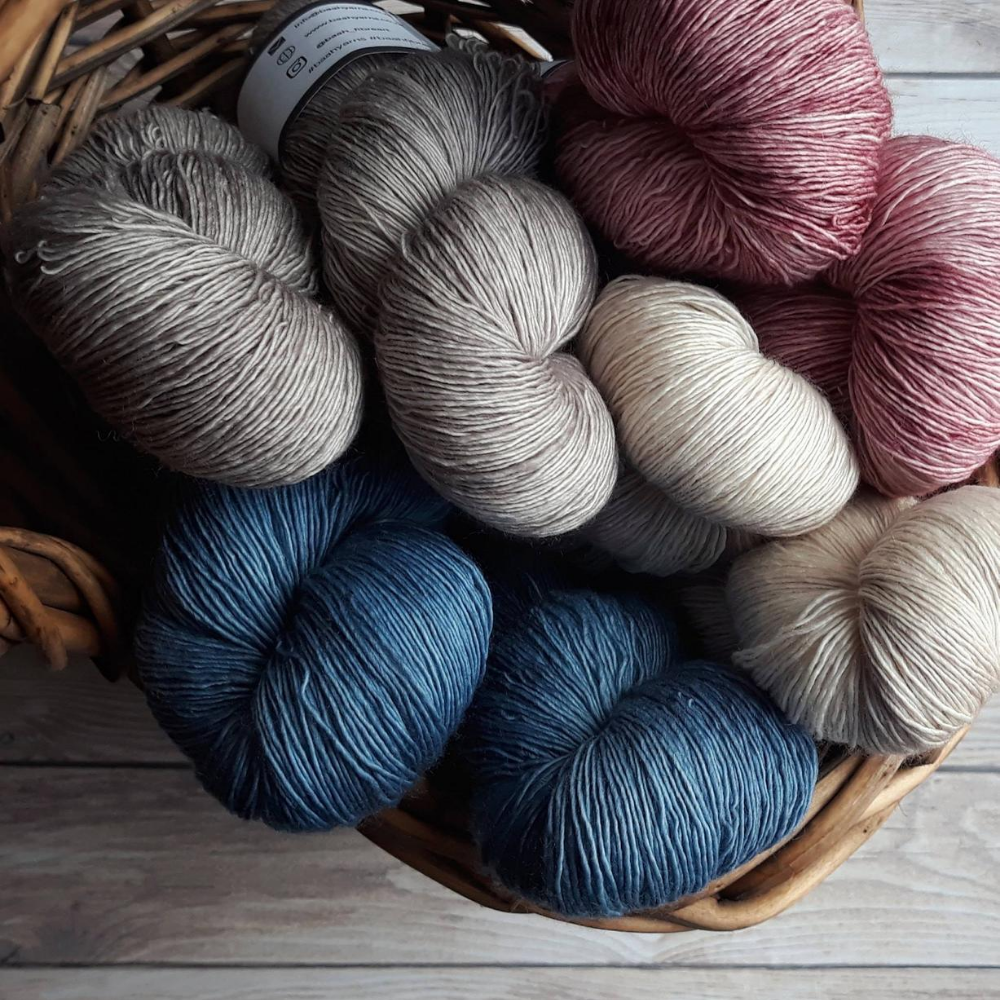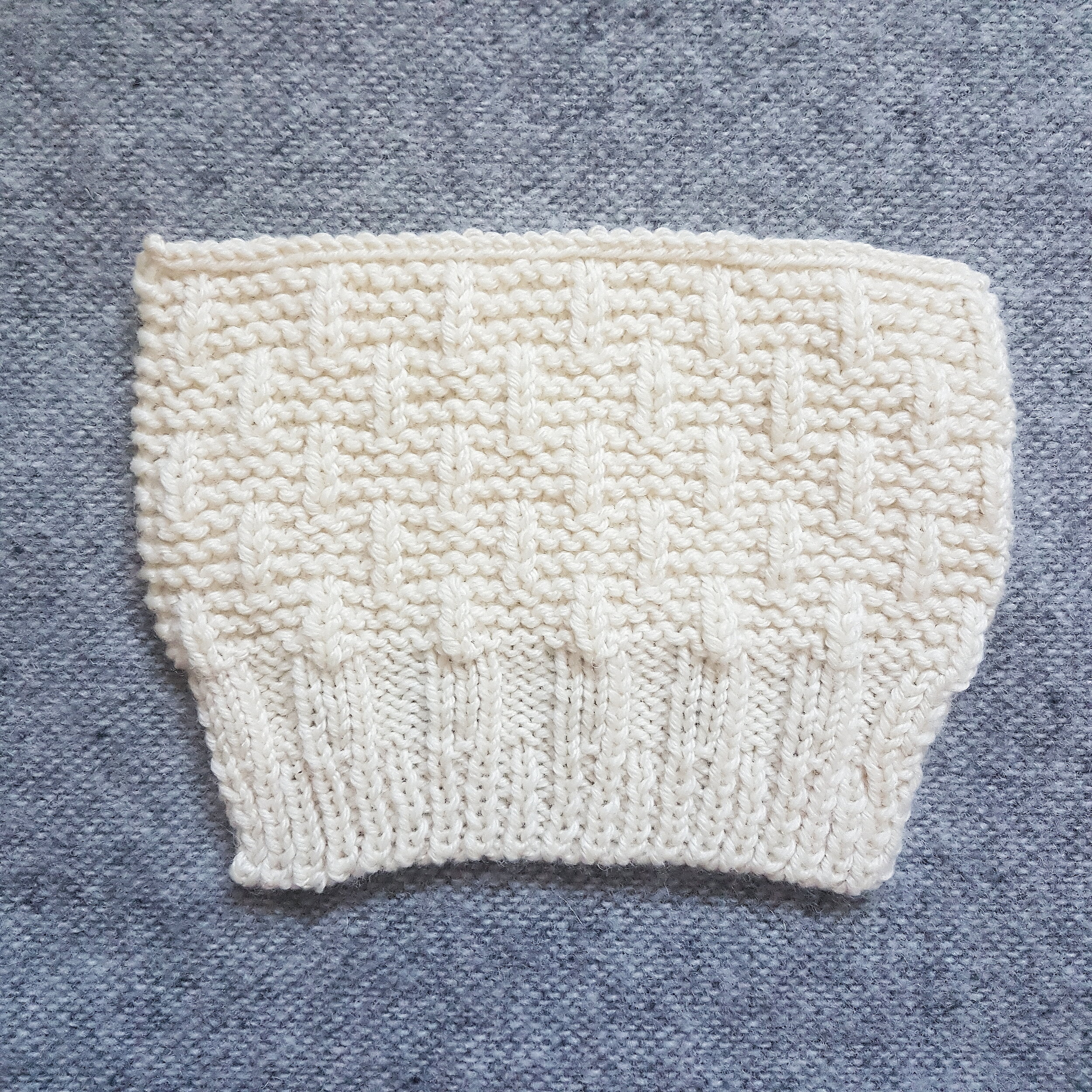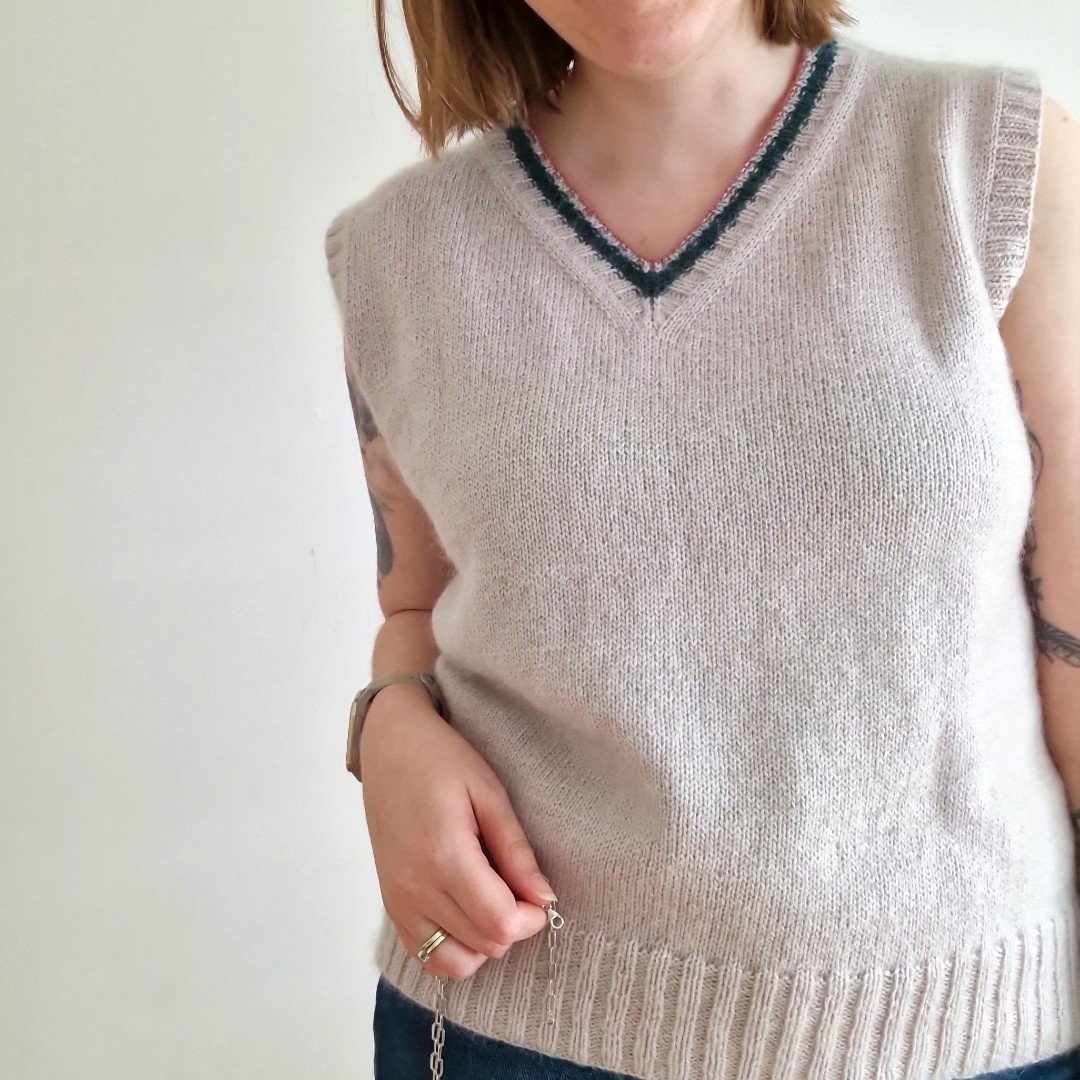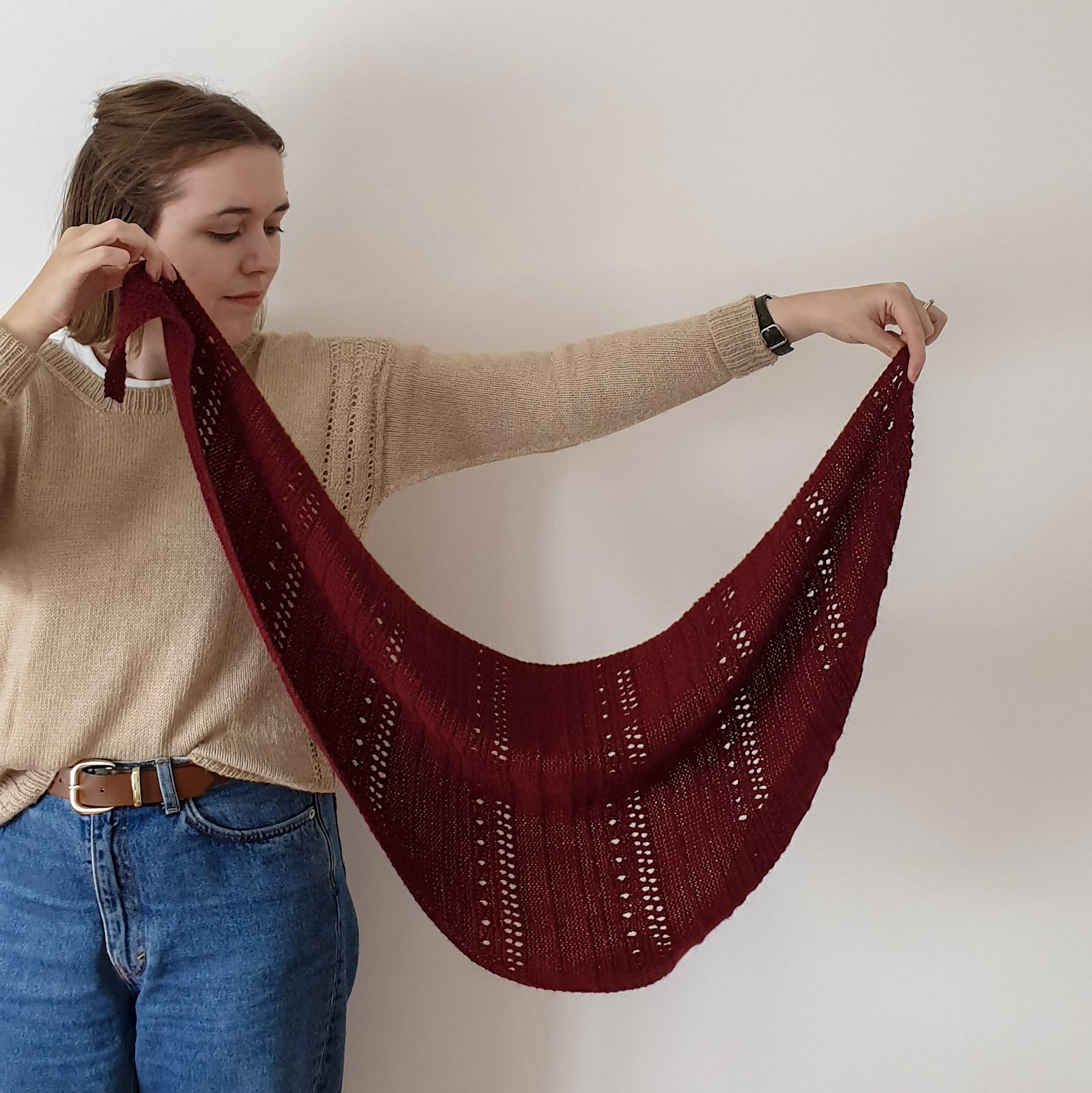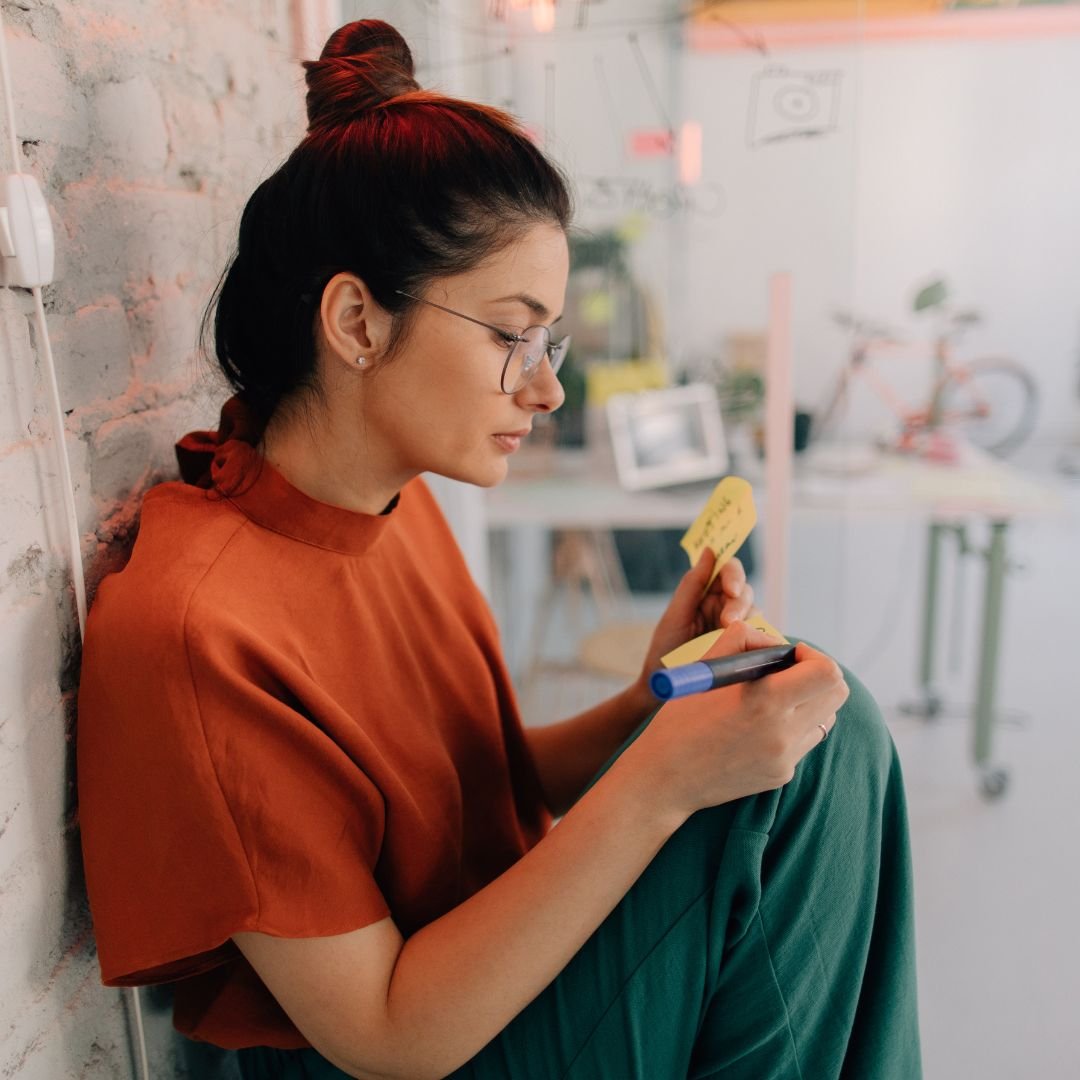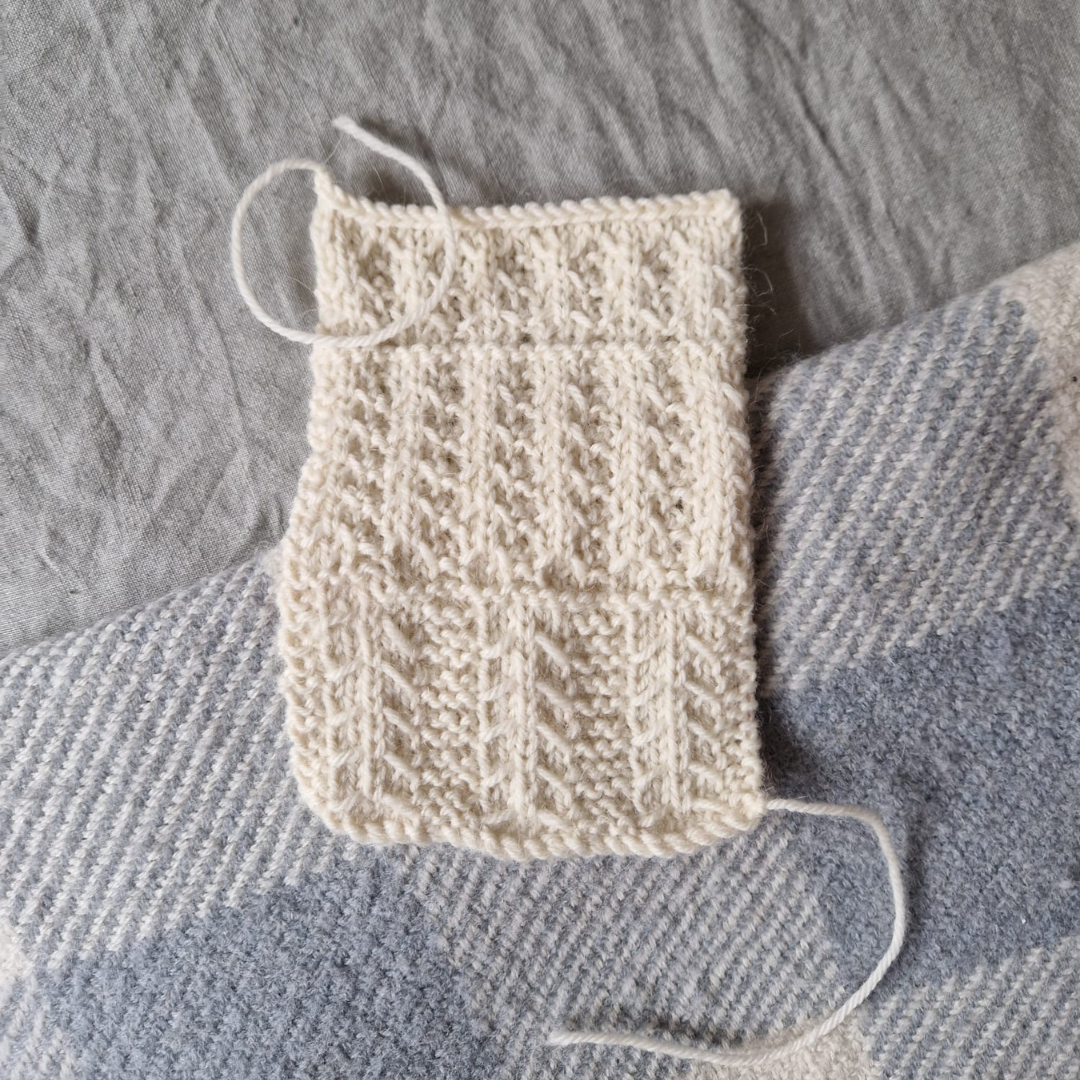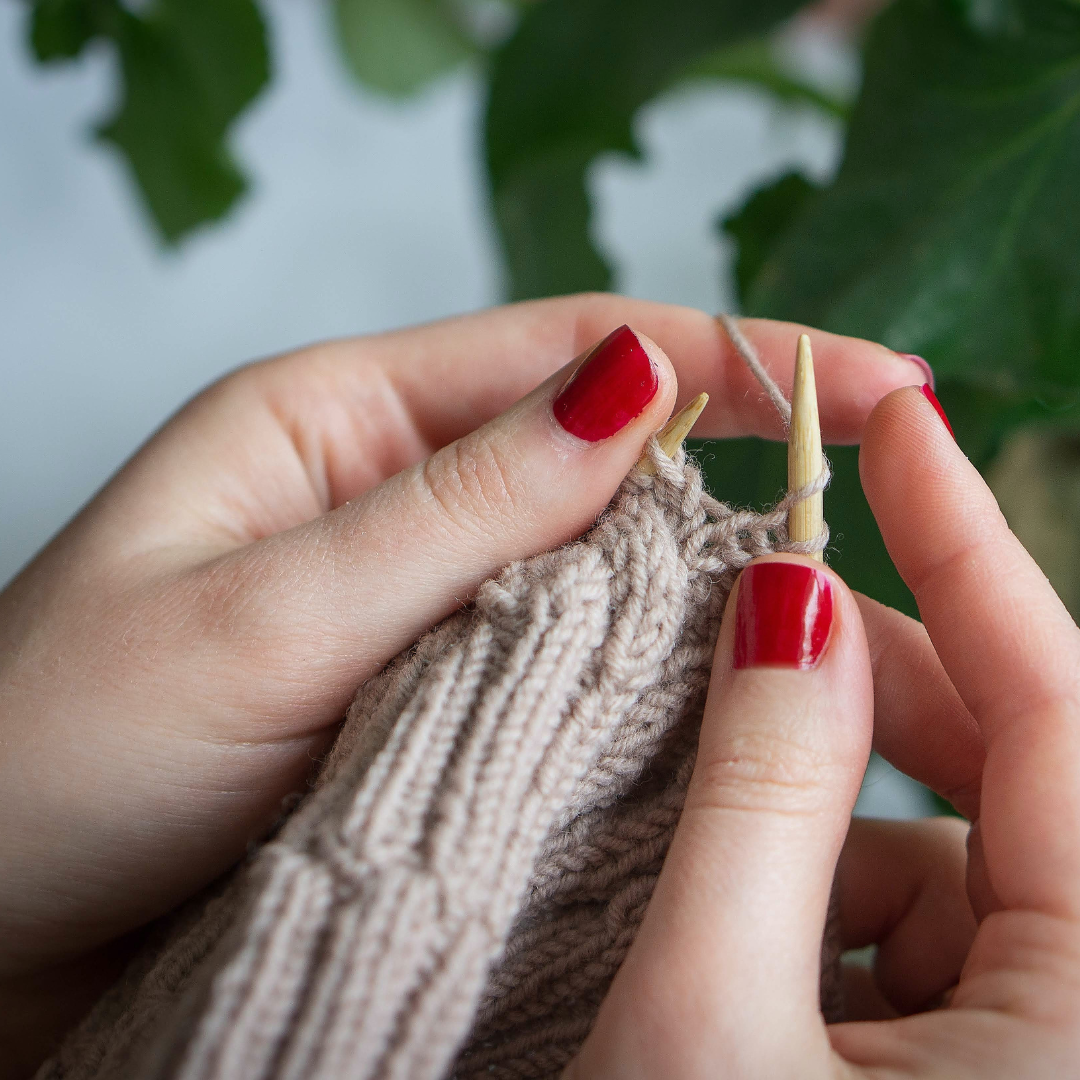How to Choose What Yarn to Use in Your Knitting Pattern Design
The early stages of designing a knitting pattern can be so much fun. Moodboards, sketching, swatching… it feels good to just let your imagination run wild. But once you’ve got that design idea visualised, how do you find the perfect yarn to use?
Many designers hesitate when it comes to this part of the design process because it’s not just about finding a beautiful yarn - there are plenty of those! It’s about finding a yarn that highlights the best features of your knitting pattern design and that is accessible to makers too.
In this blog post, I’m going to tell you why your yarn choice matters, what makes a good yarn choice and some factors to consider when choosing a yarn for your knitting pattern designs.
Your Yarn Choice is Important
Raise your hand if you’ve ever made a poor yarn substitution when knitting from someone else’s pattern. I most certainly have! Just as your choice of yarn affects the success of a knitting project, it affects the success of your knitting pattern designs, too.
The recommended yarn for your knitting pattern design (the one you design and knit your sample in) should be perfect for your design. It should show off all of your design’s best features, whether it’s the stitch, silhouette or details.
Get your yarn choice wrong and your design won’t come out as planned. Not only that, but makers may not even want to knit it.
What makes a good yarn choice?
To make a good yarn choice, there are several factors to consider, including stitch definition, drape, and texture. Other factors that you may not have considered are colourway, cost and availability. Each of these elements play a part in making a good yarn choice for your knitting pattern design.
Stitch Definition
If you’re designing a pattern that uses a lot of textural stitches, stitch definition needs to be a priority for you. This means choosing a smooth, bouncy yarn that is plied. Avoid using a single-ply yarn or any yarn that will hide your stitches, such as mohair yarns with a strong halo.
Drape
If you’re designing something with fabric that needs to flow, such as a shawl or an oversized sweater, you should choose a yarn with fluid drape. Fibres such as alpaca, silk and viscose from bamboo have lovely drape because they have very little “memory”. The fabric is heavier and can stretch out if you’re not careful. That’s why some designers like to use yarns that blend these fibres with wool to achieve the drape whilst keeping some of the fabric’s memory.
Texture
The texture of your yarn choice is important for both aesthetic and more practical reasons. Often when you’re visualising a design, you will have an idea of the type of texture you want your fabric to have. This might be a little obvious but when picking your yarn, make sure you keep that top of mind so that your design ends up looking as you envisioned. For example, if you envisioned a light, fluffy sweater, don’t choose a smooth cotton yarn!
You should also consider texture from a practical point of view. If your sweater features stranded colourwork, you’re better off choosing woollen-spun wool yarn with a big of grip than a slinky bamboo chainette!
Colourway
This may be a bit of a surprise for some of you, but the colourway is important when choosing your yarn. The vast majority of knitting pattern designers sell their patterns online or perhaps, in print. Either way, the maker will be engaging with your design through a photograph rather than in “real life”.
Some colours don’t photograph well, particularly dark colours. They hide the texture and details of your design, making it look like a blur. Unless you’re working with a very skilled photographer to shoot your design, stick to light and medium colourways.
You may also wish to avoid polarising colours, such as neons, especially when you’re starting out. It may unintentionally put makers off from purchasing your pattern.
Cost
Cost isn’t something that designers always consider when selecting a yarn for their knitting patterns. Of course, when they’re purchasing the yarn for the sample, they’ll weigh that up for personal budget reasons, but it’s less common that they’ll weigh up the costings across all of the sizes.
Cost is considered even less when receiving yarn support - in fact, many designers often jump at the chance to use a luxury yarn they may not be able to afford otherwise! I say all of this with confidence because I have 100% done this myself.
I’m not saying that we shouldn’t design patterns using more luxurious, expensive yarns (which are often from small businesses that we want to support!) but I now think it’s worth considering the types of patterns you design with them. In projects with high yarn usage, these yarns can become financially inaccessible to makers.
This won’t always be possible when you’re designing for a brand or publication because the yarn is often chosen for you, but when you’re choosing yarn for self-published patterns, I encourage you to keep cost in mind.
Availability
It can be tempting to design from stash or using yarn you found on clearance, but what if the yarn you designed with is discontinued? Whilst lots of makers feel comfortable making yarn substitutions, many prefer to knit with the recommended yarn so if your yarn is discontinued, it can put them off from purchasing the pattern. Always double-check that your chosen yarn isn’t discontinued before moving forward with it.
What do you consider when choosing yarn?
Is there something that you always consider when choosing a yarn for your knitting pattern designs that I haven’t listed here? Share it in the comments so that the rest of the Sisterhood can learn from you. We appreciate you sharing your knowledge with the community!
